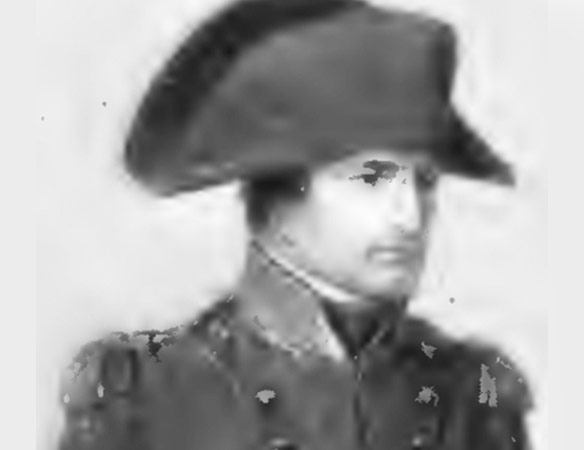<![CDATA[The weapons of the army of the 18th century French conqueror and military leader Napoleon Bonaparte were found by Russian divers in Alexandria, Egypt. This report came from the Minister of Antiquities and Heritage in Egypt, Mamdouh El-Damaty. In early July of 1798, Napoleon invaded Egypt with more than 100 warships and 400 transports that carried 40,000 of his men. He wasn't to stay in Alexandria however as his plans were to march on to Cairo. He gave his men orders that they were to live peacefully with the natives there, and respect their religions. However, he was informed right as they landed ashore that the people of Alexandria were going to resist him. He then rushed a force ashore, and at 2am set off with these men and surprised the men of Alexandria by breaching their walls. The enemy fled. General Luois Desaix marched his division onward from Alexandria to Demenhour, General Dugua marched on to Rosetta, and Napoleon went to Demenhour. This was the start of the French conquest of Egypt. After the French took control of Egypt, even after suffering a naval defeat, he started to rule over Egypt. This campaign began in Alexandria, the town named after the Greek conqueror Alexander the Great. The weapons found by the diving team were discovered on the northern side of Pharos Island, which is near the Qaitbay CItadel and the eastern harbor of the city. The haul included a collection of pistols, guns and cannons. These were thought to have been aboard Bonaparte's boat named Le Patriot, this ship was defeated by a British fleet at the western entrance of the port o f Alexandria. The British and the French were at loggerheads during this time, and the French had to fight off many British attacks before and during its reign in Egypt. It wasn't until after Napoleon left Egypt to perform a coup d'etat and seize power in France that the British finally succeeded. Pharos Island, where the artifacts were discovered by the Russian diving team, is thought to be home to more than 5,000 artifacts and remains. The island is 5000 square metres and these remains are scattered across its surface. Many of these remains are buildings which were once houses and places of business such as warehouses, however a destructive earthquake caused the city's buildings to collapse. This island also housed a lighthouse, a lighthouse that was once the tallest building on earth; it had a height of 117 metres. El-Damaty is adamant that this discovery will pave the way for more research, extensive studies, and more underwater expeditions. Mohamed Mostafa, Egypt's director in the ministry's underwater and archaeology department, says that the weapons recovered have been sent to the Grand Egyptian Museum, where experts and researchers will restore them to their original state and also study them. The naval battle of Aboukir Bay, a few kilometers east of the port of Alexandria, between the French and the British was well documented. However, the exact location of the sunken French ships were unknown until a team of underwater researchers discovered them in 1998. ]]>
Napoleon Bonaparte's Weapons Found in Alexandria, Egypt
